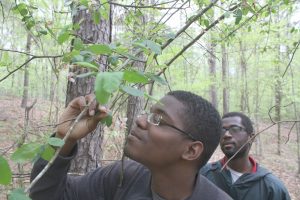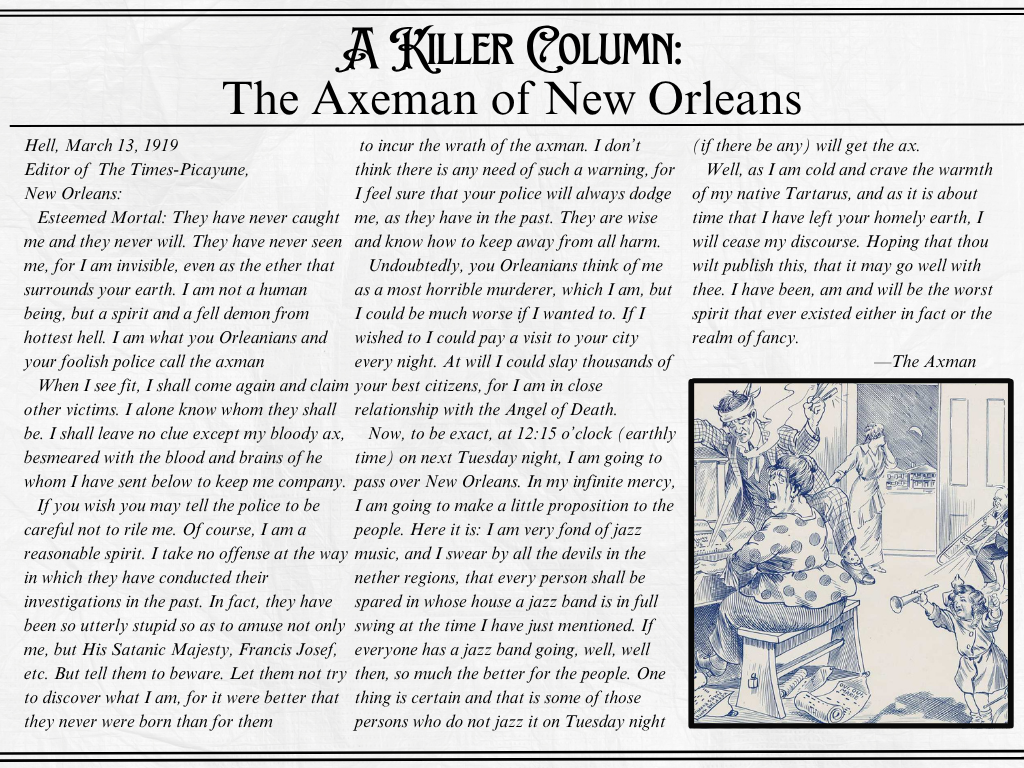 Deep in the forest of Columbia, ULM biology students got a firsthand look at the flora and fauna they normally only read about.
Deep in the forest of Columbia, ULM biology students got a firsthand look at the flora and fauna they normally only read about.
Even though they didn’t see many unexpected organisms, Siddharta Dhakal still found the trip exhilarating.
“In the forest out there, I could sense my curiosity towards nature oozing out of me,” Dhakal said.
Dhakal, a freshman biology major, was one of several students who went to Columbia for an event called Bioblitz.
A group of graduate and undergrads, as well as local volunteer birders John Dillon and Gerry, observed, identified and recorded data about the plants and animals that they found.
Graduate students, including Matthew Herron, a plant ecology student, led the group.
“I have a strong passion for environmental education and worked at an outdoor school for two years as a naturalist before coming to ULM to get my masters in plant ecology,” Herron said.
ULM does not currently have a nature club but Herron said starting one wouldn’t be hard.
He would like to see a student organization that would steward the preserve, facilitate the Bioblitz each year and possibly engage in other biodiversity and conservation related activities.
He’s happy to offer advice to anyone who wants to start a nature club.
Herron’s role was promotion. He passed out fliers and press releases, supplied field guides and gave a short presentation to Tri Beta to inform biology students of the event.
Bioblitz was held earlier this year to avoid conflicts with finals and spring break.
The students found less species than last year, which Herron said was likely due to the cool spring causing decreased activity in cold blood species like insects, amphibians and reptiles.
The cold weather also meant fewer leaves on trees, which are useful for identification, decreasing their number of observed plants as well. However, plants still accounted for 62 percent of their observed species.
Thanks to Gerry and Dillon, they saw more birds than last year during the bird hike of Bioblitz.
Herron said, “Among the many exciting finds was a juvenile bald eagle seen soaring over the Ouachita River.”
Herron thought the Pickerel frog was an interesting find. The Pickerel frog is common in most of eastern North America, but rarely seen in Louisiana.
Dhakal was disappointed that only four undergraduates participated.
“We are learning the same material in class: ecology and evolution. I think many biology undergraduates missed an important chapter because real class was out there,” Dhakal said.
He said Bioblitz filled in some gaps in his current stage of knowledge despite seeing nothing new. He had an exciting and worthwhile experience.
Dhakal said: “Once we start thinking, why there is so much diversity among species? What are the reasons behind birds’ songs? Why are all the trees in a forest of the same height? Why do all the flowers not give pleasant smell? The ordinary things will start looking extraordinary.”
Both Herron and Dhakal enjoyed interacting with other nature lovers.
“The greatest joy in life is to share a moment of discover and wonder with someone else,” said Herron. “It can and should happen more often outside, in the real world.”





